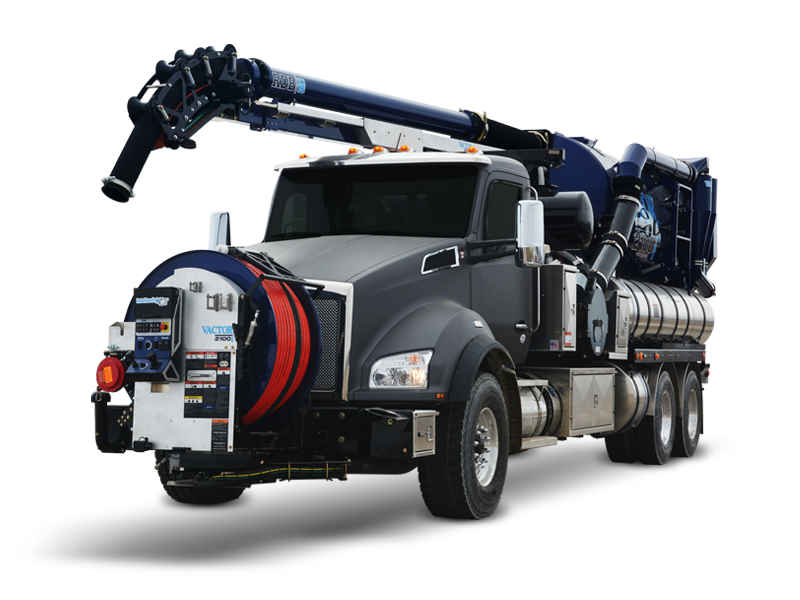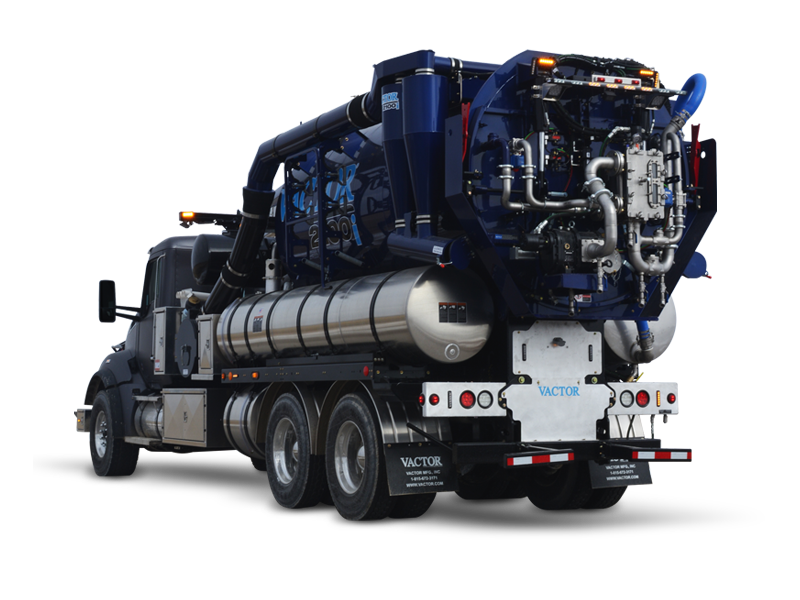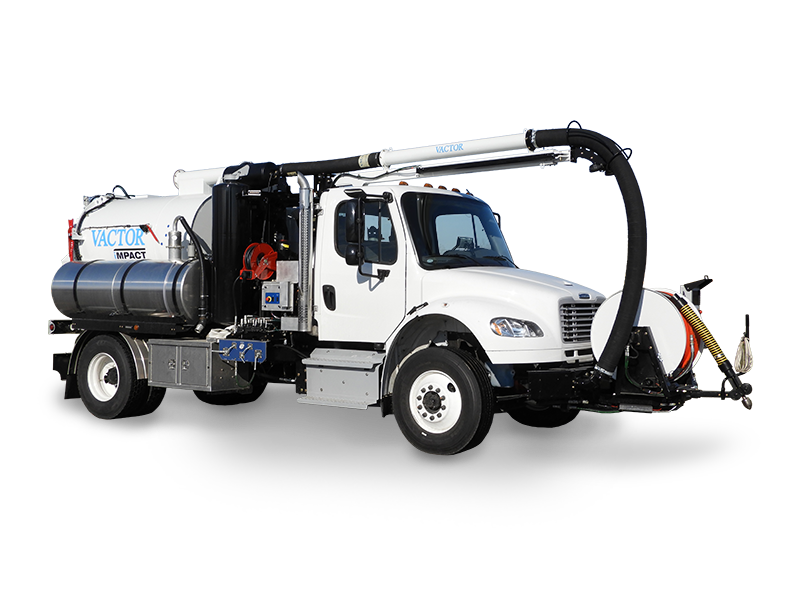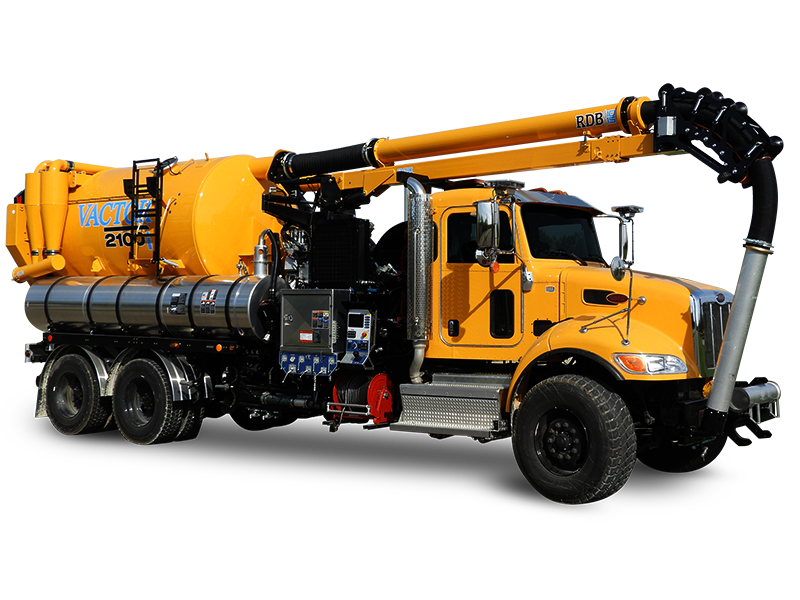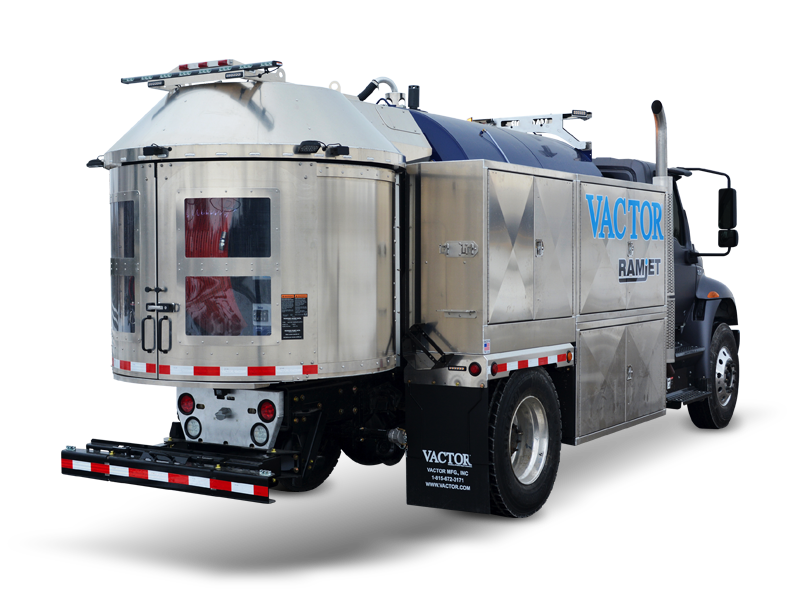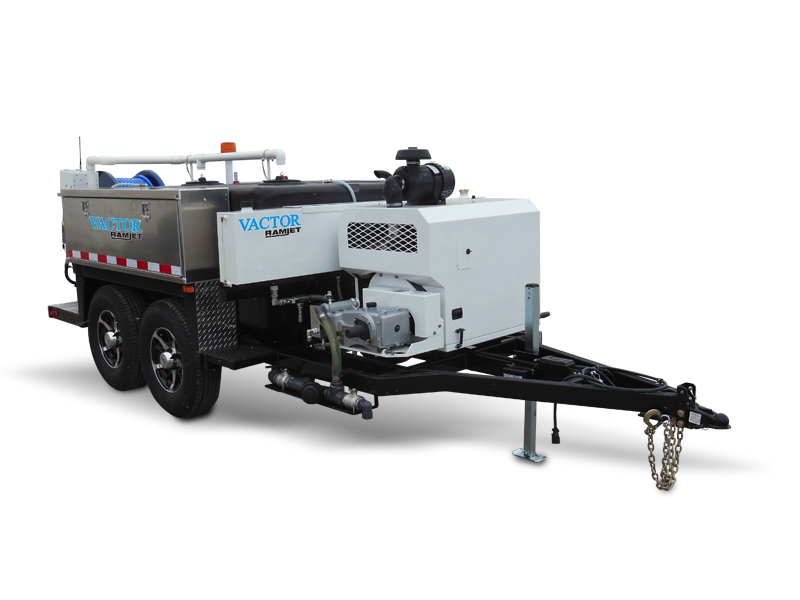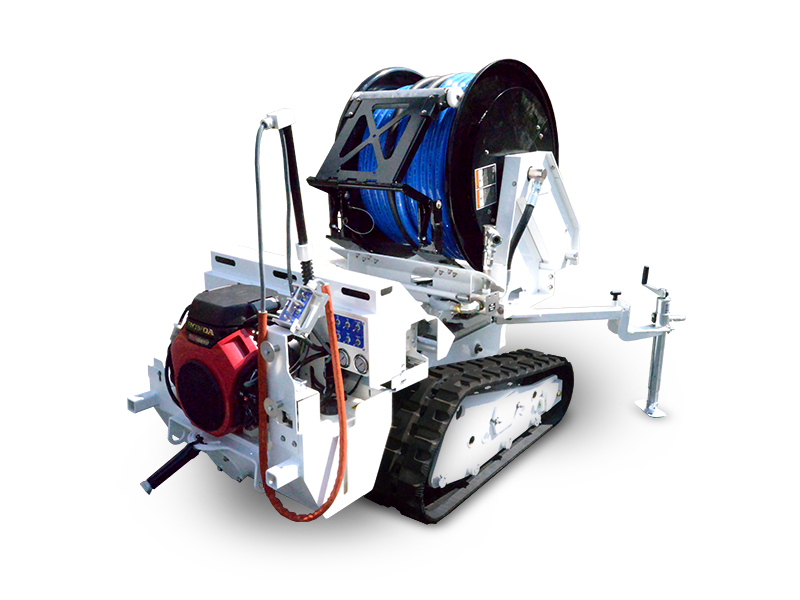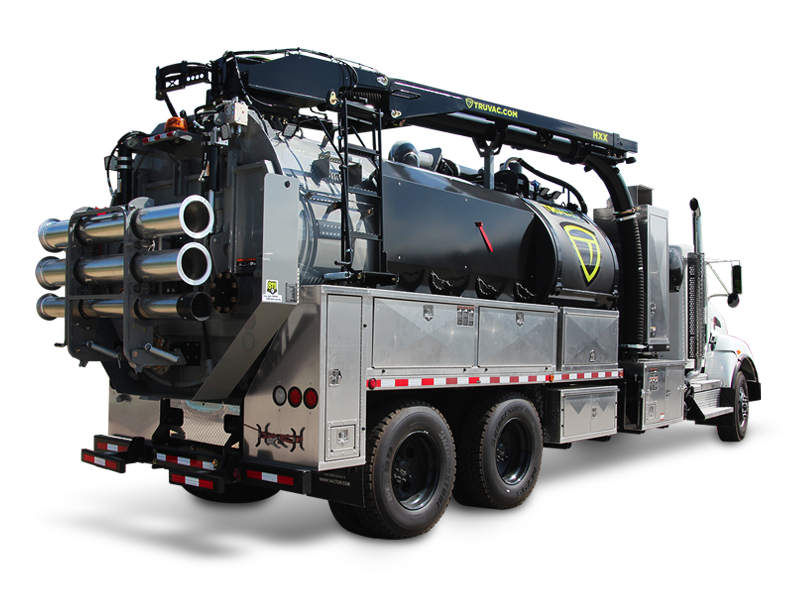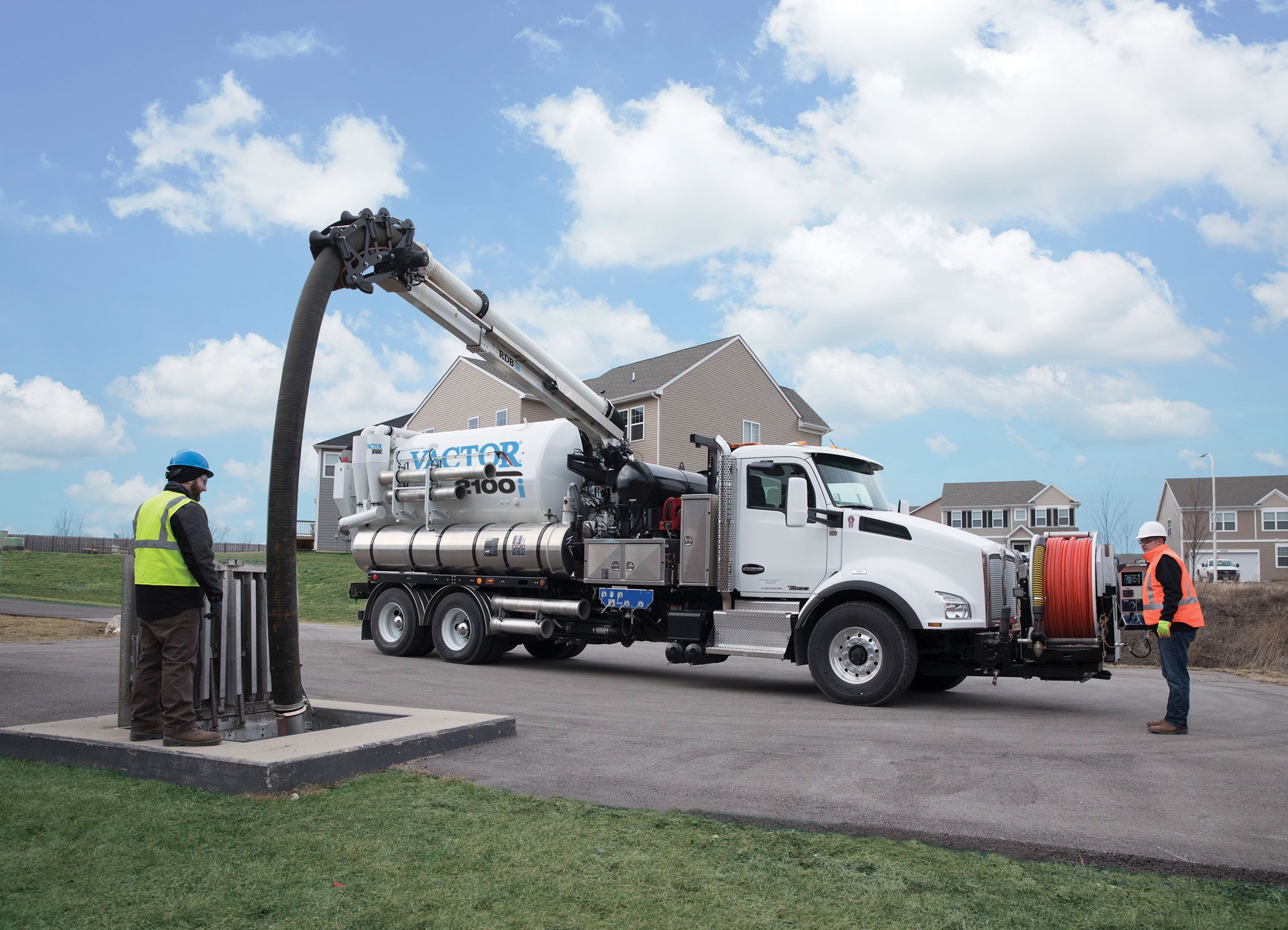The Facts About CAN Bus and Why It Can Benefit Your Operation
by Vactor Team, on Aug 12, 2021 11:22:30 AM
In the world of heavy equipment, operators work long and hard hours, and it’s important that businesses know the status of their equipment to ensure that when the next shift is up, their units are ready to go and operators are staying safe. One approach to this is employing a Controller Area Network (CAN bus), which provides a low cost, durable network that enables communication between Electronic Control Units (ECUs). ECUs are devices or parts of a vehicle’s body that control a specific function.
Every major chassis manufacturer comes equipped with CAN bus. For sewer equipment specifically, the cab and chassis can have numerous ECUs that work together, including the transmission and engine, and CAN bus provides one point-of-entry to communicate with the network of ECUs that enables central diagnostics, data logging and configuration.
According to Casey Meehan, a sales manager for Environmental Products Group, the top advantages of employing a CAN bus network are the amount of information available, enhanced operator safety, reliability and the way they are all interconnected and play off each other.
Meehan notes that CAN bus can log hours, collect any errors or troubleshooting, and provide ample feedback to the operator. Users can access information on when it’s time for a repair or just simply look at how the system is operating in general.
As an added benefit for Vactor® owners, Vactor equipment that comes equipped with the Vactor IntuiTouch® control system is fully integrated with CAN bus, since it is a CAN bus-controlled system. This brings owners detailed information that is logged, collected and funneled to the Vactor IntuiTouch screen, making it easily digestible for the operator.
These diagnostics can improve operator safety by alerting the operator when there are any safety hazards or issues with the sewer cleaner module.
“From a safety standpoint, the benefit of having CAN bus is that the network’s built-in detection capabilities will recognize when something is out of place like the engine failing or the operator has pressed the wrong button,” Meehan said. “Then it will log the error and notify the operator immediately, thus further preventing any harm to the operator or equipment.”
Another key advantage is how reliable the system is. First developed in 1986, CAN bus became the international standard for heavy equipment in 1993. The United States Military employs CAN bus for advanced intelligence and productivity. Most major automotive manufacturers like Peterbilt and Freightliner, and yellow iron manufacturers including Caterpillar and John Deere, use it, demonstrating how reliable it is to use.
Improved Efficiencies and Lower Costs
The use of CAN bus and sewer cleaning ECUs can also enhance performance variations, such as operational efficiencies and cost savings. When implementing CAN bus, you eliminate excessive wiring and avoid the need to wire each individual ECU back to the main frame. This will also drastically reduce weight due to less reliance on several electronic fuses, mechanical levers, hydraulic manifolds and more.
Additionally, from a cost standpoint, Meehan states using CAN bus delivers a lower total of ownership over time for two reasons. One being that it takes fewer parts and wiring that need to be installed into the equipment which means less repairs and maintenance, and two, it significantly reduces downtime.
“You’re able to access key diagnostic information and any issues and how to address them. There’s no need to set a reminder to service or chase down an issue through many feet of wiring and fuses with a test light to identify and diagnose the problem. CAN bus will show you exactly where the issue lies and save you time and money on repair,” Meehan said.
Why Invest in Equipment with CAN Bus
According to Meehan, customers who are thinking of investing in equipment with a CAN bus network will benefit in three major ways. Most importantly, it can improve operators’ safety by alerting them of any problems with the equipment. They will also experience an infinite amount of integration possibilities.
“If you were to buy equipment off the proverbial lot without CAN bus, that’s how it will remain until its lifecycle ends,” said Meehan. “However, with CAN bus, there are a multitude of features that can be added to improve productivity and performance.”
Lastly, investing in equipment with CAN bus will enhance the longevity of the equipment, with savings in reduced downtime over the life of the equipment.
Together, all these advantages will lead to improved operations and will ultimately benefit your business. If you are thinking about looking into equipment that offers the advantages of CAN bus, reach out to your local dealer.

